 package main;
package main;
import java.awt.Color;
import java.awt.DisplayMode;
import java.awt.Font;
import java.awt.Graphics;
import java.awt.Graphics2D;
import java.awt.Image;
import java.awt.RenderingHints;
import javax.swing.ImageIcon;
import javax.swing.JFrame;
public class ImageTest extends JFrame {
public static void main(String[] args) {
DisplayMode displayMode;
if (args.length == 3) {
displayMode = new DisplayMode(Integer.parseInt(args[0]),
Integer.parseInt(args[1]), Integer.parseInt(args[2]),
DisplayMode.REFRESH_RATE_UNKNOWN);
} else {
displayMode = new DisplayMode(800, 600, 16,
DisplayMode.REFRESH_RATE_UNKNOWN);
}
ImageTest test = new ImageTest();
test.run(displayMode);
}
private SimpleScreenManager screen;
private boolean imagesLoaded;
private Image bgImage;
private Image opaqueImage;
private Image transparentImage;
private Image translucentImage;
private Image antiAliasedImage;
private void run(DisplayMode displayMode) {
setBackground(Color.blue);
setForeground(Color.white);
setFont(new Font("Dialog", Font.PLAIN, 24));
imagesLoaded = false;
screen = new SimpleScreenManager();
try {
screen.setFullScreen(displayMode, this);
loadImages();
try {
Thread.sleep(10000);
} catch (Exception e) {
}
} catch (Exception e) {
} finally {
screen.restoreScreen();
}
}
private void loadImages() {
bgImage = loadImage("/images/background.png");
opaqueImage = loadImage("/images/opaque.png");
transparentImage = loadImage("/images/transparent.png");
translucentImage = loadImage("/images/translucent.png");
antiAliasedImage = loadImage("/images/antialiased.png");
imagesLoaded = true;
repaint();
}
private Image loadImage(String fileName) {
return new ImageIcon(fileName).getImage();
}
public void paint(Graphics g) {
if (g instanceof Graphics2D) {
Graphics2D g2 = (Graphics2D) g;
g2.setRenderingHint(RenderingHints.KEY_TEXT_ANTIALIASING,
RenderingHints.VALUE_TEXT_ANTIALIAS_ON);
}
g.drawImage(opaqueImage, 0, 0, this);
if (imagesLoaded) {
g.drawImage(bgImage, 0, 0, null);
drawImage(g, opaqueImage, 0, 0, "Opaque");
drawImage(g, transparentImage, 320, 0, "Transparent");
drawImage(g, translucentImage, 0, 300, "Translucent");
drawImage(g, antiAliasedImage, 320, 300,
"Translucent (Anti-Aliased)");
} else {
g.drawString("Loading Images...", 5, 24);
}
}
public void drawImage(Graphics g, Image image, int x, int y, String caption) {
g.drawImage(image, x, y, this);
g.drawString(caption, x + 5, y + 24 + image.getHeight(null));
}
}
There are no errors!, the program runs, it displays the text, but not the images. Which means that loadImages() works, it must be a mistake in my paint method. What am I doing wrong!?!?
I don't see what is wrong with my path:
